Christmas is the time of year when we celebrate at home with the whole family. However, the Christmas season also gives us the opportunity to savor new experiences and live traditions. The Three Wise Men in the Canary Islands are lived in a very special way with different parades in all the islands.
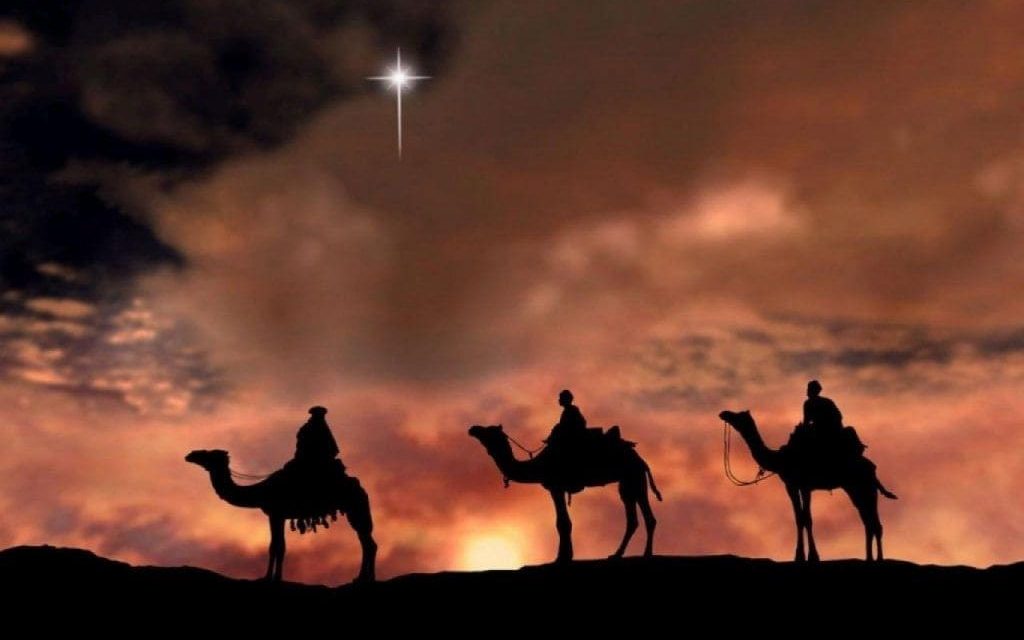
The Three Wise Men are a Spanish Christmas tradition that is celebrated with huge and spectacular parades in all cities, towns and villages of the country, large or small, where sweets and gifts are distributed to all.
When and where the Three Wise Men are celebrated
Known in the Anglo-Saxon world as the Epiphany, the arrival of the Three Wise Men is awaited in Spain with great expectation and multitudinous celebrations. The celebrations officially begin the evening before the Epiphany, on the night of January 5, when the Three Wise Men parade is held in every city and town. The arrival of the Three Wise Men in the Canary Islands is experienced in a special way on a magical night.
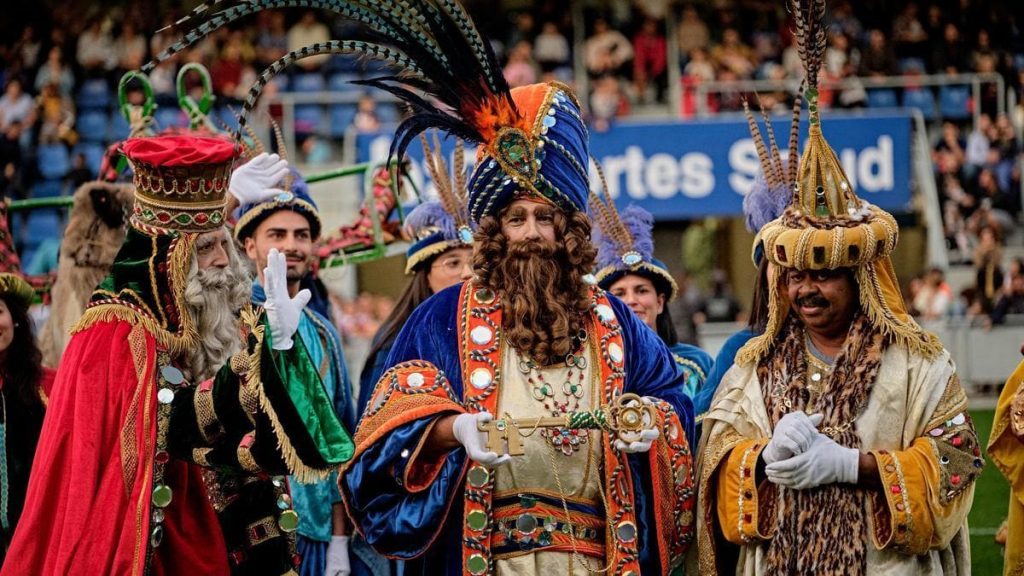
People walk the streets and arrive at the main avenues and squares in the hope of taking a bag of candy or other gift and to see in first person their Majesties the Three Wise Men. Because in Spain it is not Baby Jesus, Santa Claus or St. Nicholas who bring Christmas presents, but the Three Wise Men, whose generosity is proven every January 6, the day of the Epiphany.
Traditions of the Three Wise Men in the Canary Islands
With Christmas lights brightening up the streets, Christmas scenes in different places, and Christmas carols setting the mood, the Canary Islanders celebrate the arrival of Their Majesties from the East with a joyful parade called Cabalgata de los Reyes Magos (Cavalcade of the Three Wise Men). The Three Kings ride on elaborate floats and throw presents to the children lining the streets. This is also a great opportunity for children to ask the Three Kings for toys.
That same night of the 5th, before going to bed early, the children leave their shoes in a place where the Three Wise Men will see them for sure. These monarchs, like Santa Claus, love sweets, so the Canarian children usually leave some candy to attract the Three Wise Men, as well as straw or grass to feed their camels. In the morning, the children excitedly discover that the Three Kings have eaten the candy, the camels have eaten the grass and next to their shoes are the presents waiting to be opened.
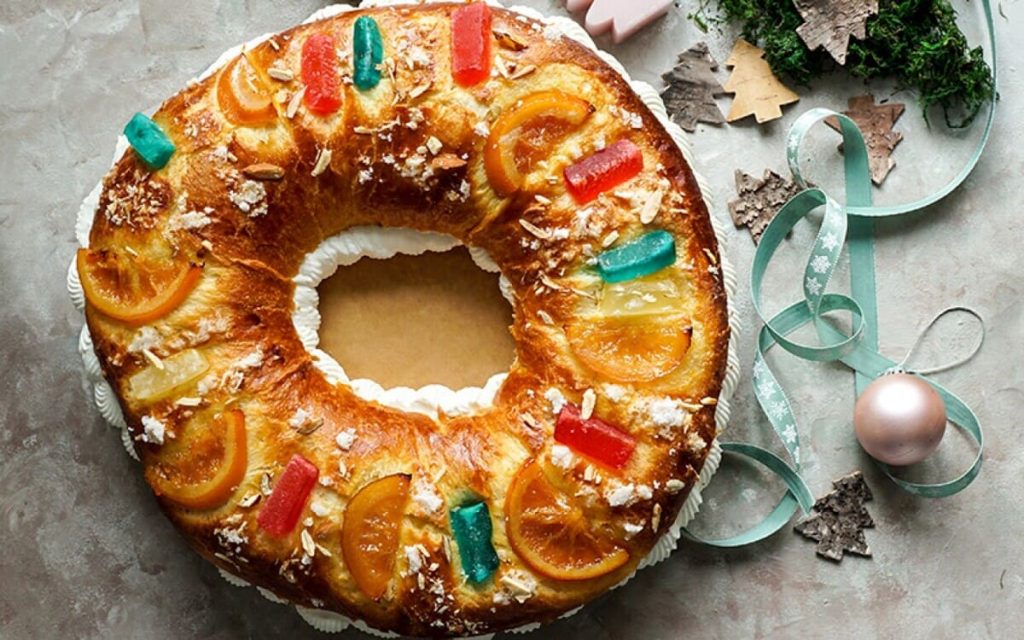
This magical day closes with another Christmas tradition: the typical Roscón de Reyes breakfast. A circular cake decorated with fruits that symbolize the precious stones that adorned the elaborate clothes of the Royal trio.
The history of Their Majesties from the East
This celebration has its origin in the New Testament, where it is told that the Kings Melchior, Gaspar and Balthazar traveled from the farthest ends of the earth to bring gifts to Jesus, whom they recognized as the Son of God. Apart from their majesty, the Magi are described as wise men. They came from three different places following the light of the star of Bethlehem, which, according to the story, hung for several days over the manger where the Virgin Mary gave birth.
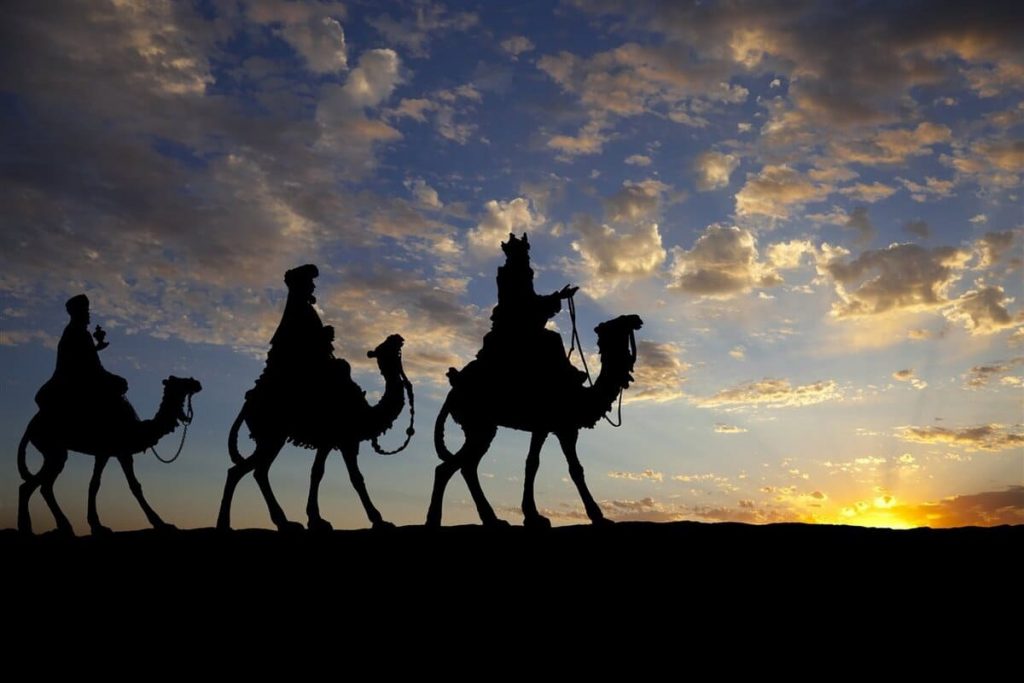
The oldest Three Wise Men parade in the Canaries
The city of San Cristobal de La Laguna celebrates every January 5 its traditional Three Kings Parade, the oldest in the Canary Islands, held since 1912. It has the participation of more than 40 animation groups, as well as different municipal bands, thematic floats and groups of characterization of characters, which will delight the children.
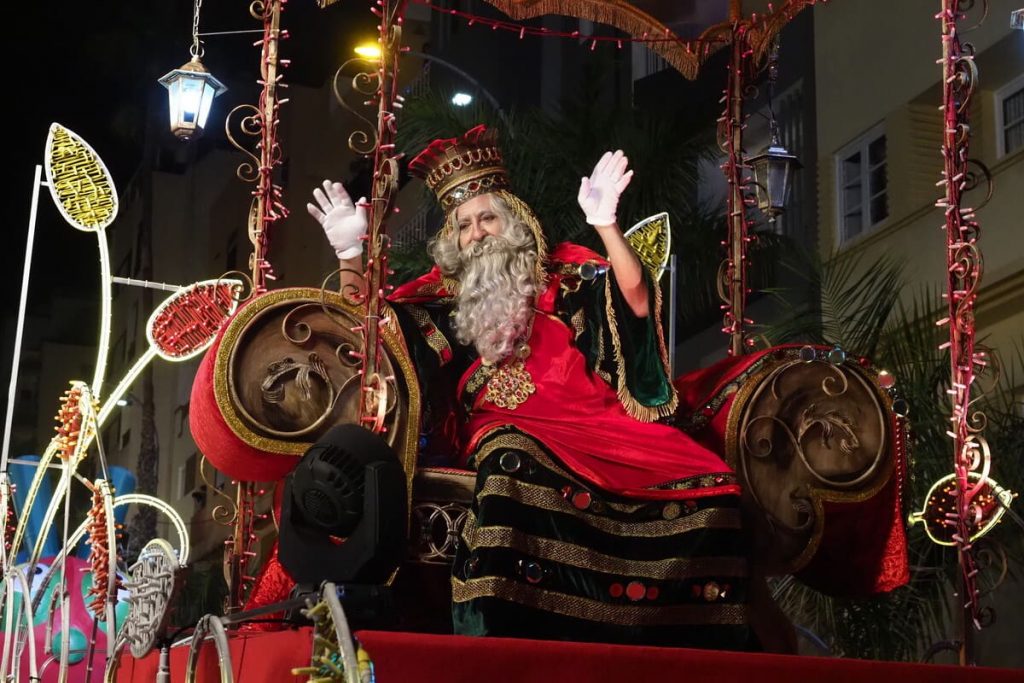
Paula Vera
Photos: eldia.es; planetacanario.com; ociolanzarote.com; diariodeavisos.elespanol.com



